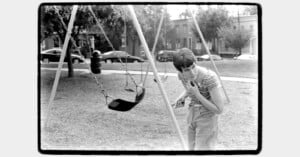
Rediscovering Sarah Stup and 35mm Film
Sarah Stup is an award-winning autism advocate and author who is working on her latest book, tentatively titled "My Autism, My Journal."

Sarah Stup is an award-winning autism advocate and author who is working on her latest book, tentatively titled "My Autism, My Journal."

When I made images documenting the mourning period after the passing of Queen Elizabeth II there was a complexity to the situation that I wanted to convey. I wrote about navigating different manifestations of grief, as well as that grief in the context of the wider political relationship between the deceased and the citizens of the UK.
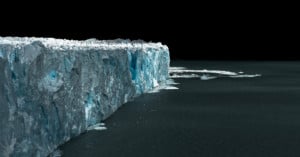
Photographer Blake Burton has created a photo essay that focuses on the Perito Moreno glacier in Los Glaciares National Park, Argentina which is an anomaly among global glaciers: it refuses to recede.
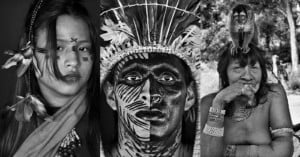
Brazilian photographer Sebastião Salgado is widely regarded as one of the great photographers on the planet today. He has traveled to over 120 countries, capturing powerful social documentary images that have appeared in exhibitions and publications around the globe.
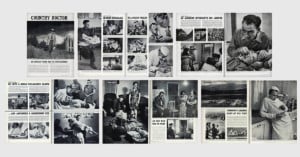
The photographic essay, also called a photo essay or photo story, is a powerful way for photographers to tell a story with their images. If you are interested in creating your own photo essay, this article will guide you through the whole process, from finding a story to shoot to the basics of crafting your first visual narrative.
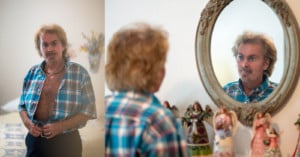
I met Blake Lindsay in 2016 when I was working on my first photo series about blindness. I worked with Envision, formerly Dallas Light House for the Blind, to document the stories of 15 people with a variety of visual impairments. Blake was the first of the company’s employees I met who took me on his journey as a blind person, or rather “handi-capable” person as he likes to describe himself.
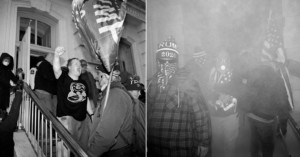
National Geographic has published a stirring piece from photographer Louie Palu that covers his experience documenting two impeachments, a pandemic, civil unrest, lockdowns, and an attack on democracy.
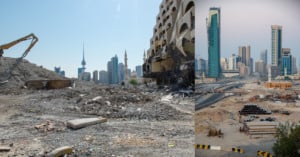
Kuwait is known for its oil, the Gulf War, the Daguet division, and the “Desert Storm” operation. But what most people are not privy to is its rich history, heritage, and architecture.
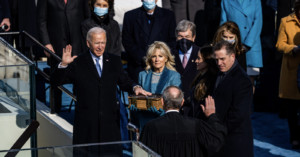
On January 20th, 2021, I stood on the press risers at the Presidential Inauguration in Washington, DC, photographing Joe Biden taking the oath of office. It had already been a busy and chaotic month. Two weeks prior, I’d stood on these same press risers making photos as tear gas clouded the air and violent insurrectionists broke through overwhelmed police lines to gain entrance to the Capitol. The dissonance between these two events was head-spinning.

Every day hundreds of men climb the 9,000 feet to the summit of Mount Ijen located in Java, Indonesia and then trek 3,000 feet down into the crater to break slabs of sulfur. Each load of sulfur is around 100-135 pounds, which is the approximate total body weight of the miners.
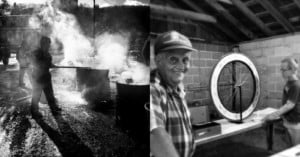
My hometown of Woodward, Pennsylvania, is a small village nestled in the Appalachians, smack dab in the middle of the state. Relatively sequestered from the world, this tiny hamlet is, in many ways, frozen in time.
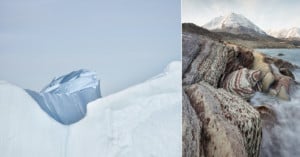
I have an irrational fear of ships based on 90-minute voyages on car ferries across the relative calm of the English Channel and yet I was sitting with my wife, Fre, listening to Tony Spencer trying to convince us that we should join him on “the adventure of a lifetime,” the fulfilment of a dream that Tony had been working on for three years.
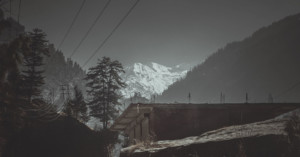
The winter sky was dark and vengeful. The frigid wind was skin-seeping cold and it lashed us without mercy. Although, it carried a fragrance with it. It was spirit refreshing to smell the mulchy mix of the forest’s perfume. Four guys stood at the foot of the angel-white mountain.
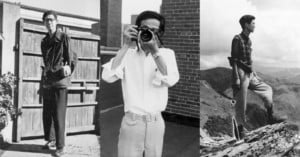
My father Ohno Tsuneya (Oct 9, 1937 – Dec 23, 2017) was born into a peaceful small town in the hilly countryside of Saitama prefecture, a few hours by train from Tokyo.
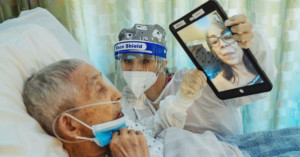
At its core, photography allows us to tell the story of our history. Years from now, when we look back at images from 2020, our thoughts and feelings on how this year unfolded will be, undoubtedly, extremely complex.
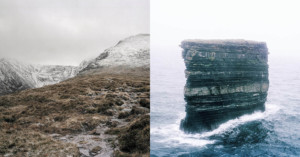
My father spent his later years in the home where he was born in the north of Ireland. It is a place that is steeped in tradition and is highly polarized due to the division between the two main communities of nationalists and Unionists. He was the youngest of a family of six boys and one girl, most of whom emigrated to Canada, New Zealand, and England.
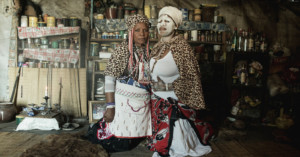
Traditional healers are, even in today’s modern times, still highly respected and frequently consulted members of South African communities. Instead of referring to Western, mainstream health, and healing practices, they practice traditional African medicine.
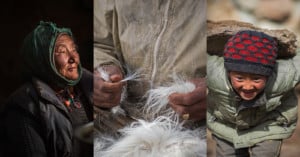
Location: Changthang Plateau, Ladakh, Kashmir - December 2019. At an altitude of more than 14,000ft, where winter temperatures can fall to -40 degrees, it is hard to believe anyone or anything can survive in this vast ice desert that is the Changthang Plateau.

I am writing this after getting a torrent of texts from friends and family who have been watching the documentary Killer Inside: The Mind of Aaron Hernandez on Netflix. It turns out I'm in it... an image of me on set with Aaron appears in the second episode.
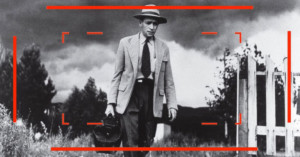
I'm Martin from the All About Street Photography channel. In this 6-minute video and article, I am going to talk about the photo essay "Country Doctor" by W. Eugene Smith. We'll be taking a closer look at the story behind some photographs.
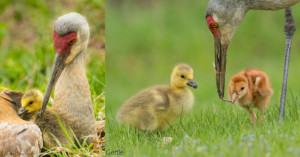
This spring, here in Michigan, something quite unexpected happened. It started out as it always does in early April, with the sandhill cranes preparing their nest. A week later, they laid their first egg and then a second egg appeared. The devoted parents incubated both eggs and in early May the first egg hatched. This is where the unexpected turn occurred.
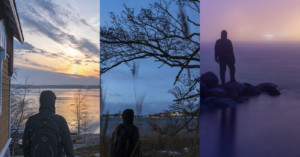
Last winter, I got the beautiful chance to spend time living and photographing on a freezing island located right in the central Helsinki. I spent 24 nights there as the cold winter turned to spring.
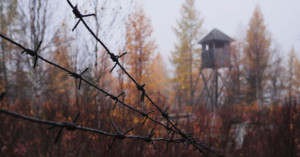
In Russia’s arctic wilderness, the remnants of one of the Soviet Union’s most tragic gulag projects now lies largely forgotten.
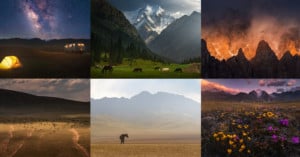
I just returned from 3 weeks in Kyrgyzstan. As a landscape photographer, I have traveled to lots of countries in the world so I guess I can say I am ‘used’ to beautiful landscapes. Until recently, however, Central Asia was unknown territory for me.
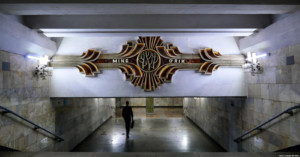
After a longtime ban on photographing the Tashkent Metro was lifted this summer, I went underground to reveal the art, architecture, and nuclear-blast protection in Central Asia’s oldest subway system.
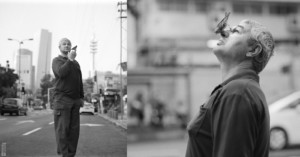
It was an early Tuesday morning, and I was sitting in a car with a friend of mine. We were going over some papers for a project I had in mind. While my friend had his eyes buried in the papers and text, mine started to wander outside.
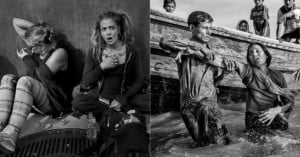
This week, TIME magazine published James Nachtwey’s photo essay on the opioid crisis. Over his decades-long career, Nachtwey has carved out a reputation as a stoic and relentless documentarian of conflict and pain. His latest effort took over a year to produce, and it has all the hallmarks of great photojournalism, providing a level of intimacy and rawness that can only be captured with persistence and skill.
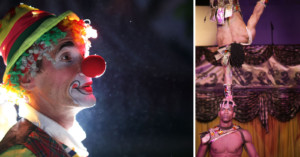
Some people run away to Cuba for the sunshine. Some people run away to Cuba for the rum. And some just run away with the circus.
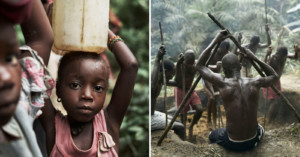
Unity over adversity. It’s a running theme in the story of Tombohuaun, translation “Tombo’s Wound,” a remote village tucked into the jungle of Sierra Leone’s Eastern Province. The community’s founding legend states that a villager named Tombo cut his foot on a catfish in the river, and the then chief ordered the fish to be caught and killed. Back then, as now, the community came together to put things right: they caught the fish, ate it, and went on to name the town after this symbolic triumph.
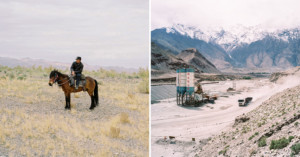
Borrowing from romanticized notions of the American frontier, synonymous with ideals of exploration and expansion, I captured a visual narrative of China’s westernmost region, Xinjiang. Whereas the American West conjures images of cowboys and pioneers, of manifest destiny and individualistic freedom, the Chinese West has not yet been so defined.